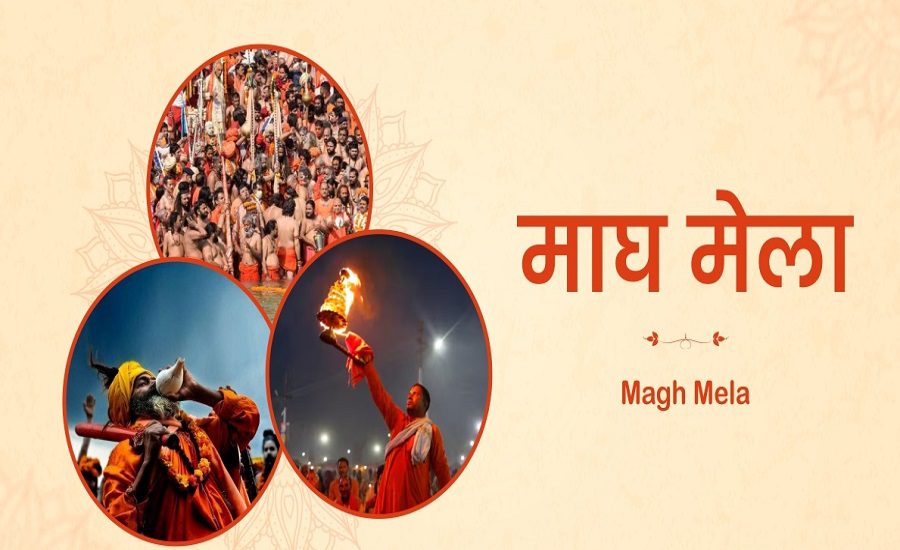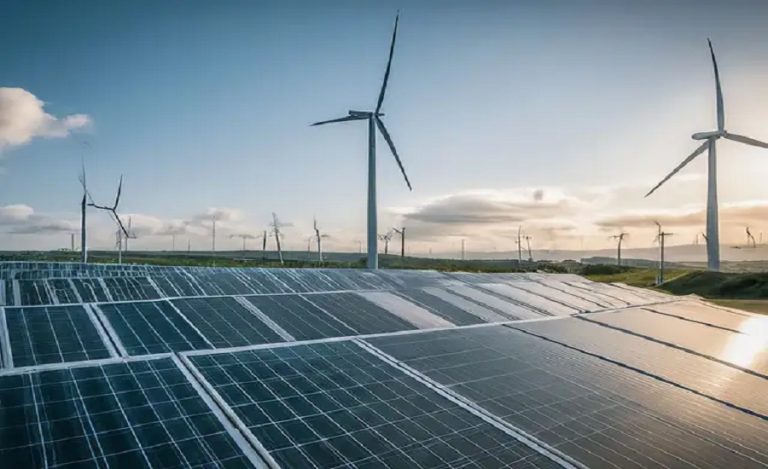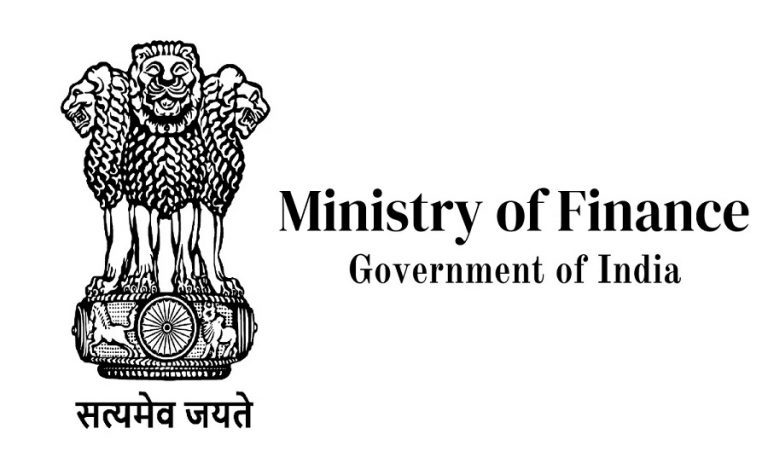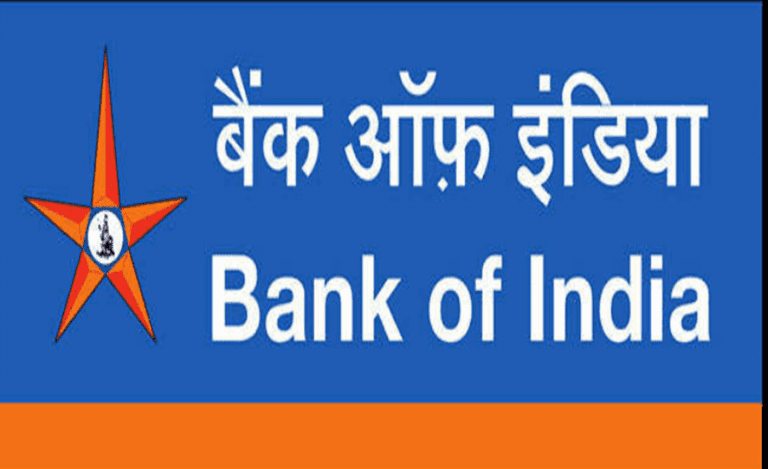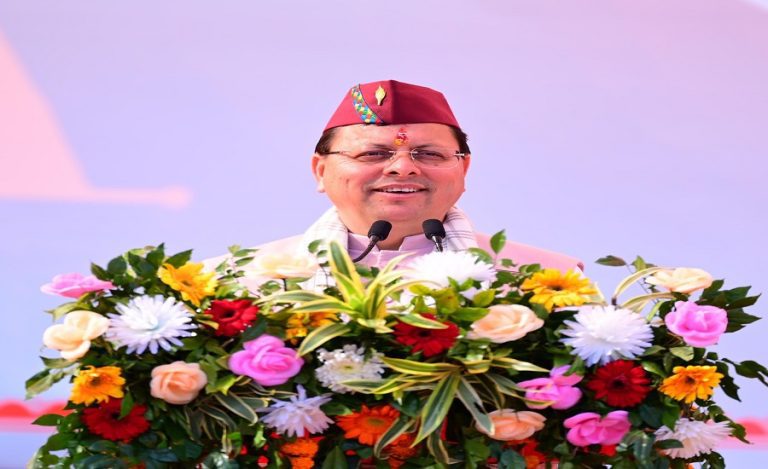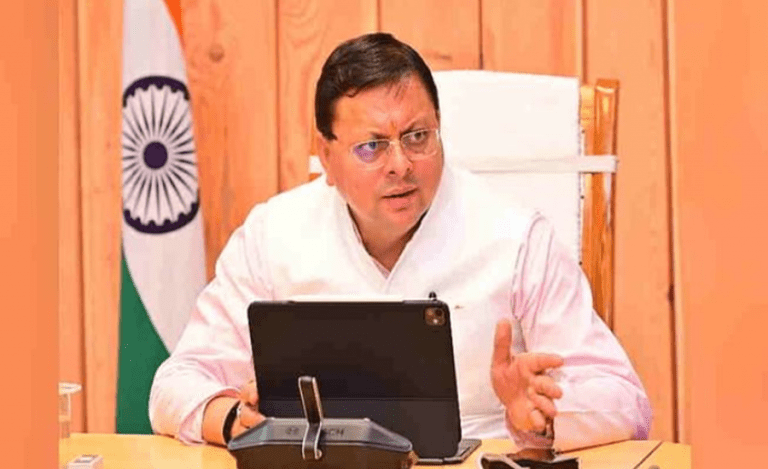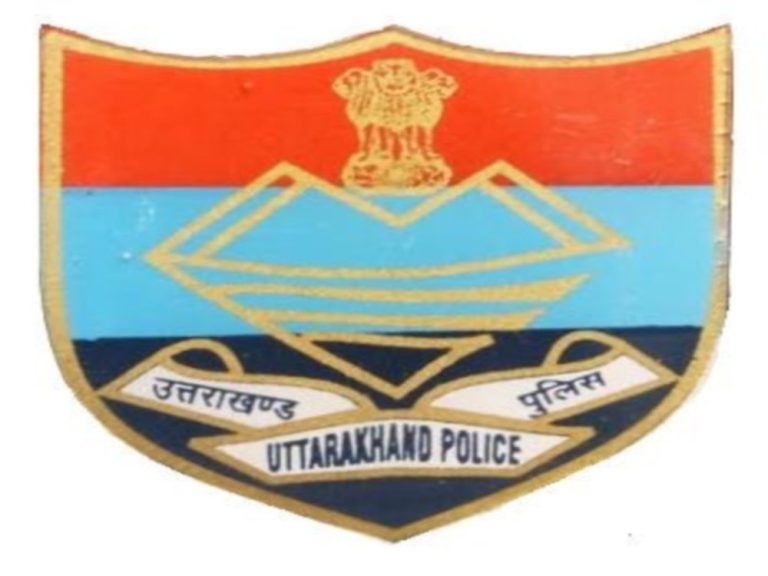Prayagraj: Chief Minister Yogi Adityanath on Saturday reviewed the preparations for the upcoming Magh Mela 2026, assuring that the event will be organized with extraordinary grandeur and spiritual significance. Addressing the media after the review meeting, the CM emphasized that all arrangements are being executed on priority, ensuring a seamless experience for millions of devotees.
Key Bathing Dates and Pilgrim Arrivals
The Magh Mela will commence earlier this year, with major bathing dates including:
- Paush Purnima: January 3
- Makar Sankranti: January 15
- Mauni Amavasya: January 18
- Basant Panchami: January 23
- Magh Purnima: February 1
- Mahashivratri: February 15
The CM highlighted that 20 to 25 lakh Kalpavasis will stay at the Mela for an entire month, performing penance and rituals dedicated to Maa Ganga. Millions of devotees are expected on major bathing days, with daily pilgrim arrivals ranging between 20 and 25 lakh, and a total of 12 to 15 crore devotees anticipated over the event’s one-and-a-half-month duration.
Infrastructure and Facility Management
Spread over 800 hectares, the fair will be divided into seven sectors with 42 designated parking areas for visitors. The Prayagraj Mela Authority, headed by the Divisional Commissioner, will oversee the Magh Mela and related events.
Water and electricity: The Irrigation Department has ensured flood safety and adequate water supply, currently maintaining 19,000–20,000 cusecs at Sangam, with a minimum continuous supply of 10,000 cusecs. Namami Gange will handle water purification, while the Power Corporation is installing 47 km of HT lines, 360 km of LT lines, and 25 temporary substations to ensure uninterrupted electricity.
Roads and connectivity: The Public Works Department is managing internal and external road connectivity. Seven pontoon bridges will be constructed, and 160 km of checkered plates will be laid along major routes. UP Jal Nigam is laying 242 km of drinking water pipelines, with 85 km completed.
Sanitation and hygiene: The Urban Development Department will deploy 25,000 toilets, 8,000 dustbins, over 10 lakh liner bags, 20 suction vehicles, and 3,000 sanitation workers.
Medical and Safety Arrangements
Two 20-bed hospitals are being constructed on-site, complemented by 12 Public Health Centers, five Ayurvedic and five Homeopathic hospitals, a vector control unit, and 50 ambulances to ensure timely medical care.
The Uttar Pradesh Police have strengthened security with additional SPs, COs, inspectors, and personnel, supported by 17 police stations, 42 police posts, 20 fire tenders, 7 fire stations, 7 fire watch towers, a dedicated water police station, and 8 km of riverbank barricading.
The Urban Development Department will monitor crowd movements using 400 AI-enabled CCTV cameras, and an integrated inter-district and interstate traffic and crowd management plan has been put in place.
Transportation and Accommodation
Around 3,800 buses, including 3,000 State Transport Corporation vehicles, will facilitate pilgrim movement. Seventy-five shuttle buses and electric buses will operate within and between the city and Mela zone, with 200 additional buses on standby. A tent city is under construction to accommodate the large influx of visitors.
CM Yogi on Magh Mela 2026
Chief Minister Yogi Adityanath stated that the Magh Mela 2026 would surpass previous editions in terms of scale, organization, and spiritual fervor. Drawing on lessons from the 2025 Mahakumbh, he reiterated the government’s commitment to world-class arrangements, safety, and hygiene, ensuring that pilgrims can perform their rituals with devotion and convenience.

